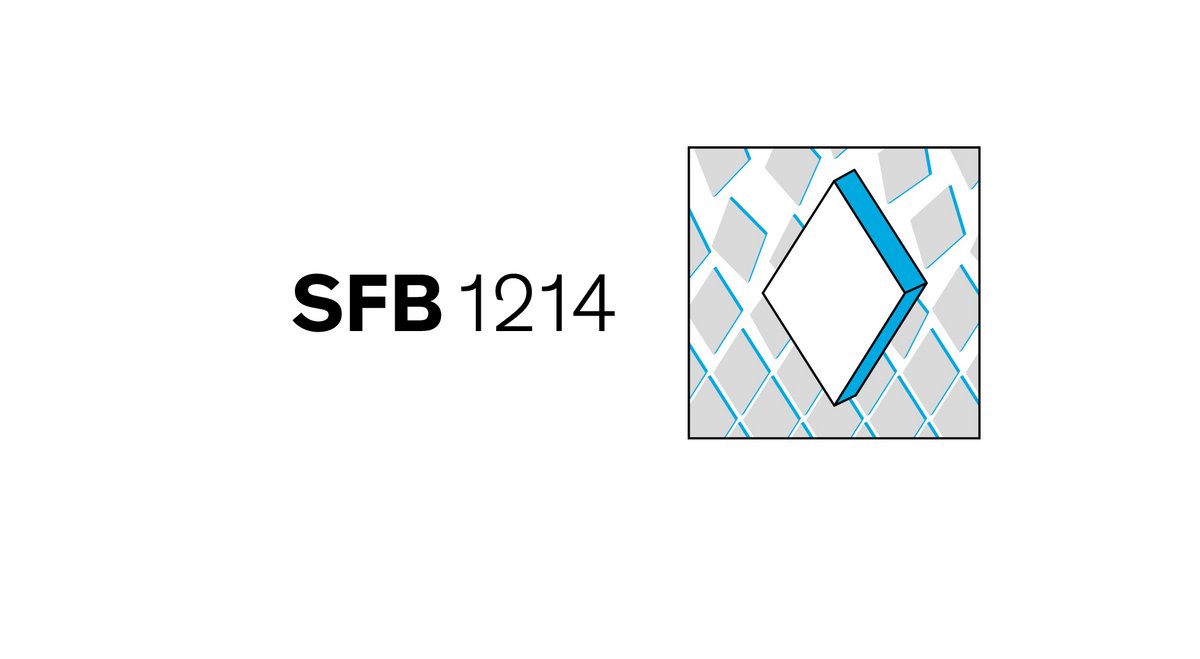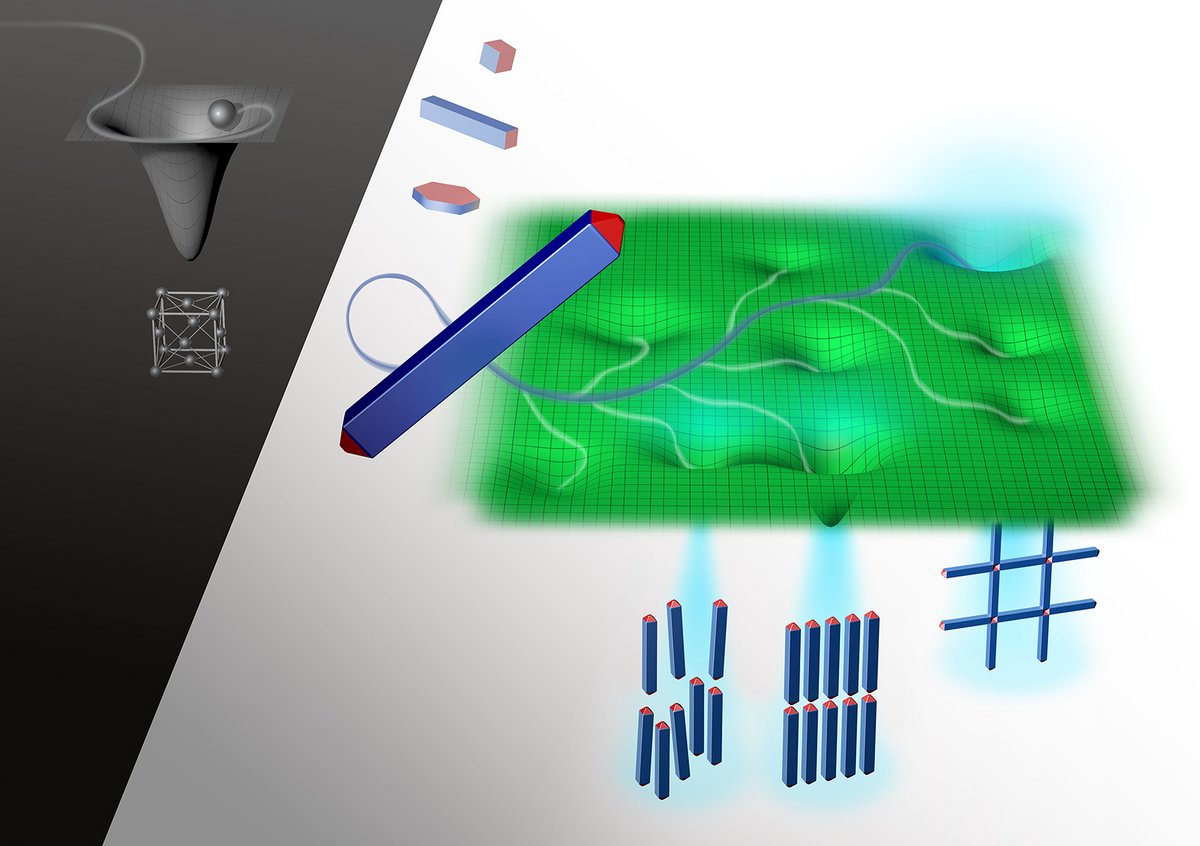Collaborative Research Center 1214

Anisotropic Particles as Building Blocks:
Tailoring Shape, Interactions and Structures
The natural world offers numerous intriguing examples of materials whose excellent performance is based on ordered arrangements of different submicron phases. The remarkable resilience of bone or wood relies on such principles, with synergistic contributions of the different constituents. A comparable organization of synthetic matter is far beyond the current state of the art. One possible starting point, which has been recognized, is the formation of bulk solids through an assembly of nanoscaled particles as an alternative to, for example, formation of macroscopic crystals directly from solutions of ions or molecules. The character of the particles as well as the assembly process ultimately codes and determines the internal structure and thus the properties of the final solid.
In comparison to their well-studied spherical isotropic counterparts, particles with an anisotropic shape or surface chemistry will result in an enormously rich variety of mutual directional interactions and superstructures. Their corresponding energy landscapes are inherently more complex since relative orientations between neighbors become important. An assembly process can take various pathways, resulting in very different superstructures in a so far unpredictable fashion. Presently, reliable routes to any desired anisotropic particles themselves are limited, and largely empirical as far as they exist. Controlling particle attributes such as shape, morphology and surface chemistry, is a key to tailor assembly because structural anisotropy can encode orientation-specific interaction potentials. The implications extend beyond structure formation because both on the level of individual particles as well as their superstructures, one can obtain highly directional optical, electronic, magnetic or chemical properties. The full potential of functional anisotropy can only be exploited after structural anisotropy is mastered. Ultimately, a structured assembly of combinations of different particles will provide materials with new collective properties that greatly surpass a simple superposition of the isolated constituents.

In order to harness the vast potential of particle-based approaches to new synthetic functional materials, a control of particle anisotropy and their interactions is key. Directional interactions are paramount and structural anisotropy is the parameter to tailor them. To reach these goals, a larger and persistent initiative with close cooperation between chemists and physicists needs to be established to build up the required interdisciplinary expertise including synthesis, analysis and theory, as well as the connection of soft and hard matter. This profile of multi-faceted expertise is uniquely provided in Konstanz, building on a long standing line of research in soft matter physics recently complemented by colloid chemistry specifically directed towards the planned CRC. Our initiative aims to lay the foundations for understanding and utilizing structural anisotropy controlling functional anisotropy of particles for tailored directional interactions and hierarchical assemblies at all scales (time, size and structure). This includes properties as well as transitional states. By a development and combination of experimental and theoretical methods, which are operational at different length, time and structural scales, we anticipate to understand the role of anisotropy of particle shape, surface and interactions in soft assembly and solid formation. We expect breakthroughs in the areas of tailored particle synthesis, nonclassical crystallization and particle-based materials with collective properties.
The SFB will take the international leadership in this important and emerging field of materials research. Fundamental advances in colloid science and a sustainable development arise from permanent links between materials chemistry, analytical chemistry, theory and experimental physics.
